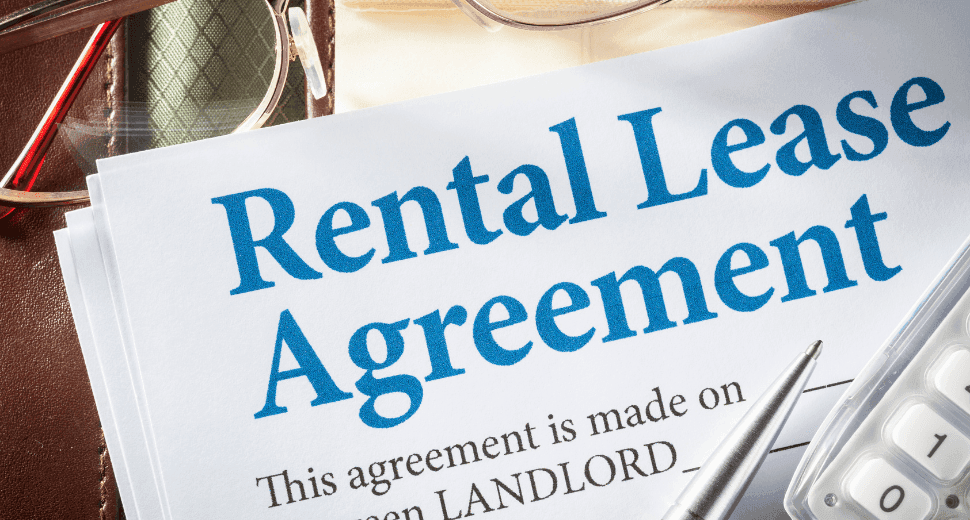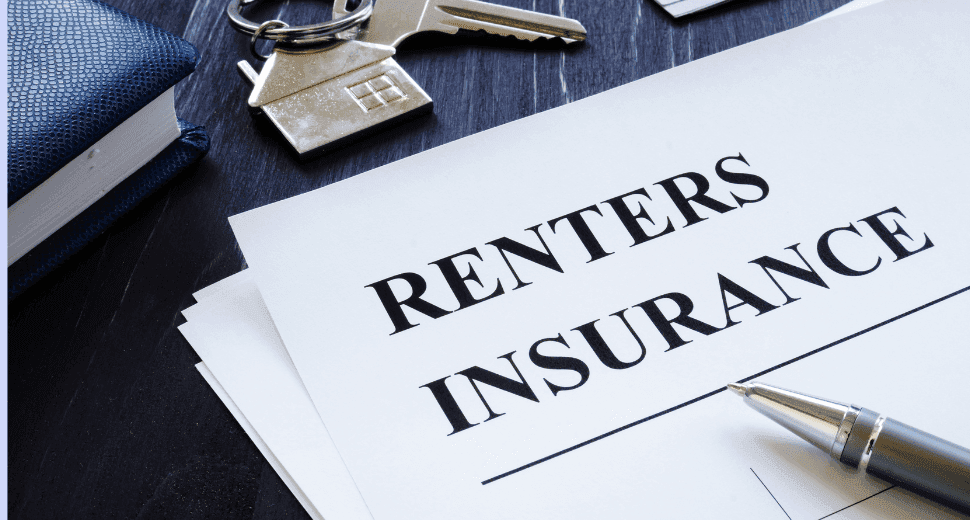
The Ultimate Guide on Rental Leases: Don't Sign on the Dotted Line Until You Read This
So you found your dream rental! Maybe it's a sun-drenched flat with a city view, or a cozy cottage with a charming garden. Before you get swept away in moving day fantasies, there's a crucial step: understanding the lease agreement. This seemingly dry document is actually your passport to comfortable living – or a potential source of future headaches.
This guide equips you with the knowledge to navigate a rental lease with confidence. We'll break down key points to look for, decode legal jargon, and empower you to ask the right questions before you sign.
Part 1: Understanding the Basics of a Rental Lease
Think of a lease agreement as a legally binding contract between you (the tenant) and the landlord. It outlines the rights and responsibilities of both parties throughout the tenancy. Here's a primer on what a standard lease typically covers:
- Parties Involved: Ensure the full and accurate names of all tenants and the landlord are listed.
- Property Details: Verify the exact address of the unit you're renting.
- Lease Term: This specifies the duration of your tenancy, typically from six months to a year, with options for renewal.
- Rent and Fees: This details the monthly rent amount, due date, accepted payment methods, and any additional fees like parking or utilities.
- Security Deposit: This is a refundable deposit held by the landlord during your tenancy, used for deductions for any damages exceeding normal wear and tear.
- Maintenance and Repairs: The lease clarifies who is responsible for maintaining the property and handling repairs.
- Use of the Property: This section outlines limitations on things like subletting, guest occupancy, and pet ownership.
Part 2: Delving Deeper: Crucial Clauses to Scrutinize
Now that you're familiar with the foundational elements, let's delve into some crucial clauses that deserve your close attention:
- Move-In/Move-Out Procedures: Carefully review the condition of the unit upon move-in and document any pre-existing damage with photos and a written report provided to the landlord. The lease should outline the process for returning the unit at the end of your tenancy, including cleaning expectations.
- Late Rent Fees and Penalties: These fees can add up quickly. Understand the grace period for late payments and any additional late fees or penalties.
- Termination Clause: This clause outlines the notice period required by both tenant and landlord to terminate the lease early. Be sure you understand the implications for breaking the lease.
- Landlord Access: The lease will specify when and under what circumstances the landlord can enter your unit (e.g., emergencies, repairs with prior notice).

Part 3: Beyond the Lease: Asking the Right Questions
A good lease agreement is just one piece of the puzzle. Here are some essential questions to ask the landlord before you sign:
- Is renter's insurance required? This protects your belongings and provides liability coverage.
- Are there any pet restrictions? If you have furry friends, ensure they're allowed and understand any pet fees or deposits.
- What utilities are included in the rent? Will you be responsible for electricity, internet, or garbage collection?
- What is the parking situation? Is there assigned parking, and are there any associated costs?
- Is there a laundry facility on-site? Laundry access can be a major convenience, so clarify its availability.
- Who is responsible for pest control?
- What are the noise policies in the building?
Part 4: When in Doubt, Don't Sign!
Don't feel pressured to sign the lease on the spot. Take your time to read it thoroughly, ask questions, and even consult with a lawyer if needed. Here are some additional tips:
- Request a copy of the lease to review at home.
- Don't be afraid to negotiate! Depending on the market and your bargaining power, you might be able to negotiate on rent or certain terms.
- Understand your local tenant rights. Familiarize yourself with landlord-tenant laws in your area.
By following these steps, you'll approach your lease agreement with confidence and avoid any unpleasant surprises down the road. Remember, a well-understood lease protects both you and your landlord, fostering a smooth and enjoyable tenancy. Happy renting!
Sharing Your Space: Lease Options with Flatmates
Finding a place with flatmates can be a great way to split costs and have company. But before you sign on the dotted line, understanding the different lease agreements is key! Here's a breakdown of the three main options:
1. Individual Lease
- Pros: You're only on the hook for your rent and share of utilities. No stress about missed payments from your flatmate!
- Cons: Less control over who your landlord places with you. Rent might be a bit higher since they can't chase you down for a flatmate's delinquency.
- Typical in: Off-campus housing, coliving spaces, individual landlords, and short-term rentals.

2. Joint Lease
- Pros: Equal rights and responsibilities for all tenants – feels fair!
- Cons: Missed payments or eviction of one flatmate can impact everyone on the lease.
- Typical in: Larger cities with big property management companies or multi-unit landlords.
3. Sublease Agreement
- Pros: Most flexible option. Sub-tenants enjoy shorter lease terms, while sub-landlords choose their flatmate and manage rent.
- Cons: Sub-tenants are subject to the sub-landlord's rules and can be evicted if they break the master lease. Sub-landlords are still responsible for full rent even if the sub-tenant skips out.
Remember: No matter the agreement, always be cautious before signing a lease with a flatmate. Discuss expectations and responsibilities beforehand!
